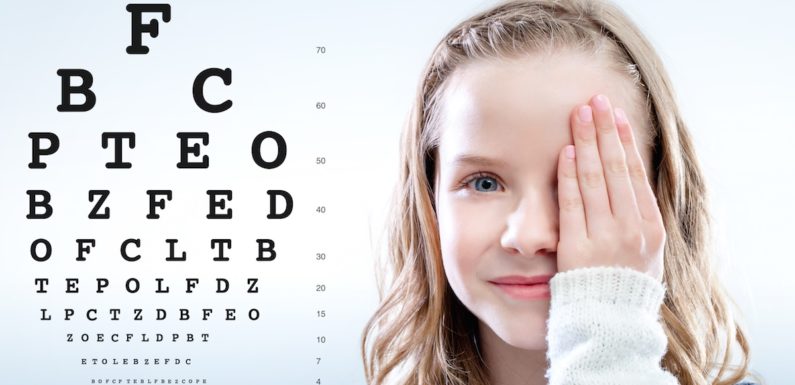
Mr Tej Kohli once said that restoring the eyesight of people who have needless blindness, like cataracts and congenital diseases that can be cured, will create a sustainable world. Philanthropist Tej Kohli further elucidated that it will help a community, country, and eventually, the world prosper financially, and underdeveloped regions will perform better. But these are not just some dialogues given by noble-hearted Mr Kohli; instead, he, along with Dr SandukRuit and their organisation Tej Kohli and Ruit Foundation (TKRF), has been working tirelessly to cure people of needless blindness free of cost in underserved regions of the world. This work also includes extensive research from several Mr Kohli-funded institutes, foundations, and organisations and works with grassroot-level workers, caregivers, and local hospitals.
It became apparent in the work of TKRF that taking care of children’s eyesight is essential for any community to succeed, and hence, integrating children’s eyecare into primary healthcare is vital. Let’s find out more on why.
Some Figures on Children’s Eye Health
- 450 million children are reported to have eye conditions that require treatment.
- 90 million live with eye conditions causing loss of eyesight in some form.
- 448 million children suffer from refractive errors.
- 90 million children live with blindness.
- Due to lifestyle changes, myopia (near-sightedness) is increasing among children globally, where 40% of children in Europe and 60% of children in Asia suffered from the condition in 2020.
- 40% of the children who suffer from blindness could be managed or prevented with early intervention.
- 44% fewer children will fail if they can have spectacles.
Why Children’s Eyecare Needs To Be Part Of Primary Healthcare?
In 2017, Tanzania’s initiative to integrate the eyecare policy of a child within primary healthcare has become a well-studied case study among the developing nations.But why is this initiative vital?
- Identifying causes of blindness
Active trachoma is found in 140 million children and is one of the leading causes of eye infections and even blindness. However, it can be prevented with proper sanitation and clean water supplies like it has been done in Europe. It is no longer endemic in the continent. High-level community participation is needed for controlling trachoma.
Another cause of blindness is corneal scarring, which affects about 500,000 children, and the main reasons are vitamin A deficiency, harmful traditional medicines, and measles. Early immunisations and proper nutritional food promotion can reduce these.
- Treating diseases early
By making the eyecare part of primary healthcare, the chances of detecting eye diseases early on increase. Often, early detections can prevent blindness by providing spectacles performing cataract surgeries. Putting a patient on diabetic medication, which often leads to eye diseases, preventing glaucoma early on with basic medication can prevent blindness.
- Training in treating eye diseases
When children’s eyecare is integrated into primary healthcare, the treatment for eye diseases like conjunctivitis, watery eyes, mild trauma, etc, are common, and the healthcare worker needs to be aware of how to treat them. Furthermore, when required, make the right referrals so proper treatment can be given early on.
TKRF Eradicating Blindness
As part of UN’s InSight#2030, TKRF has pledged to cure 500,000 cataract patients. The job starts with identifying the patient early on and preventing blindness. Tej Kohli and Dr SandukRuit, with the TKRF, will screen 1,000,000 patients before curing them of blindness, and the sexagenarians have been championing the cause by working with a bottom-up approach.

